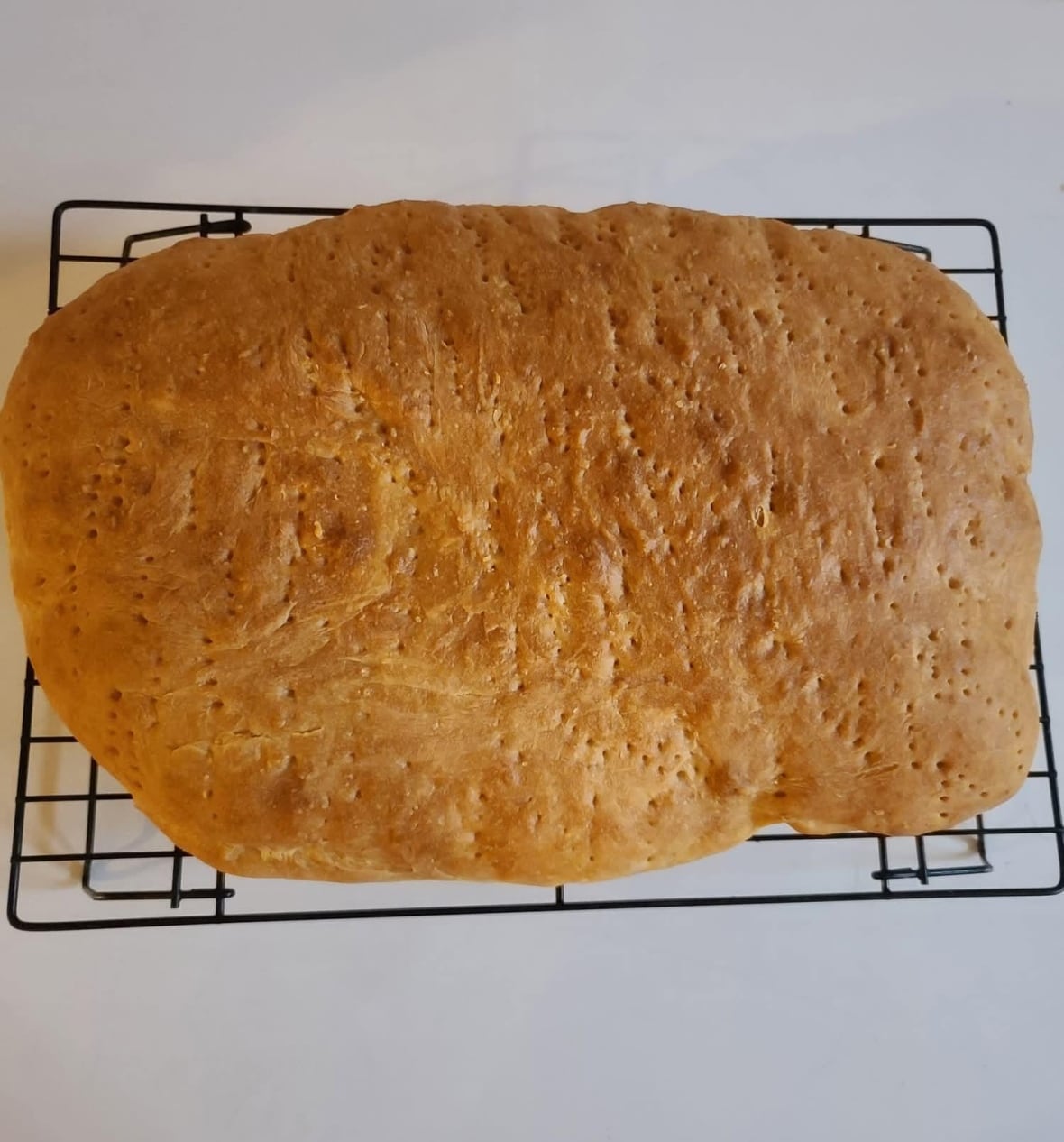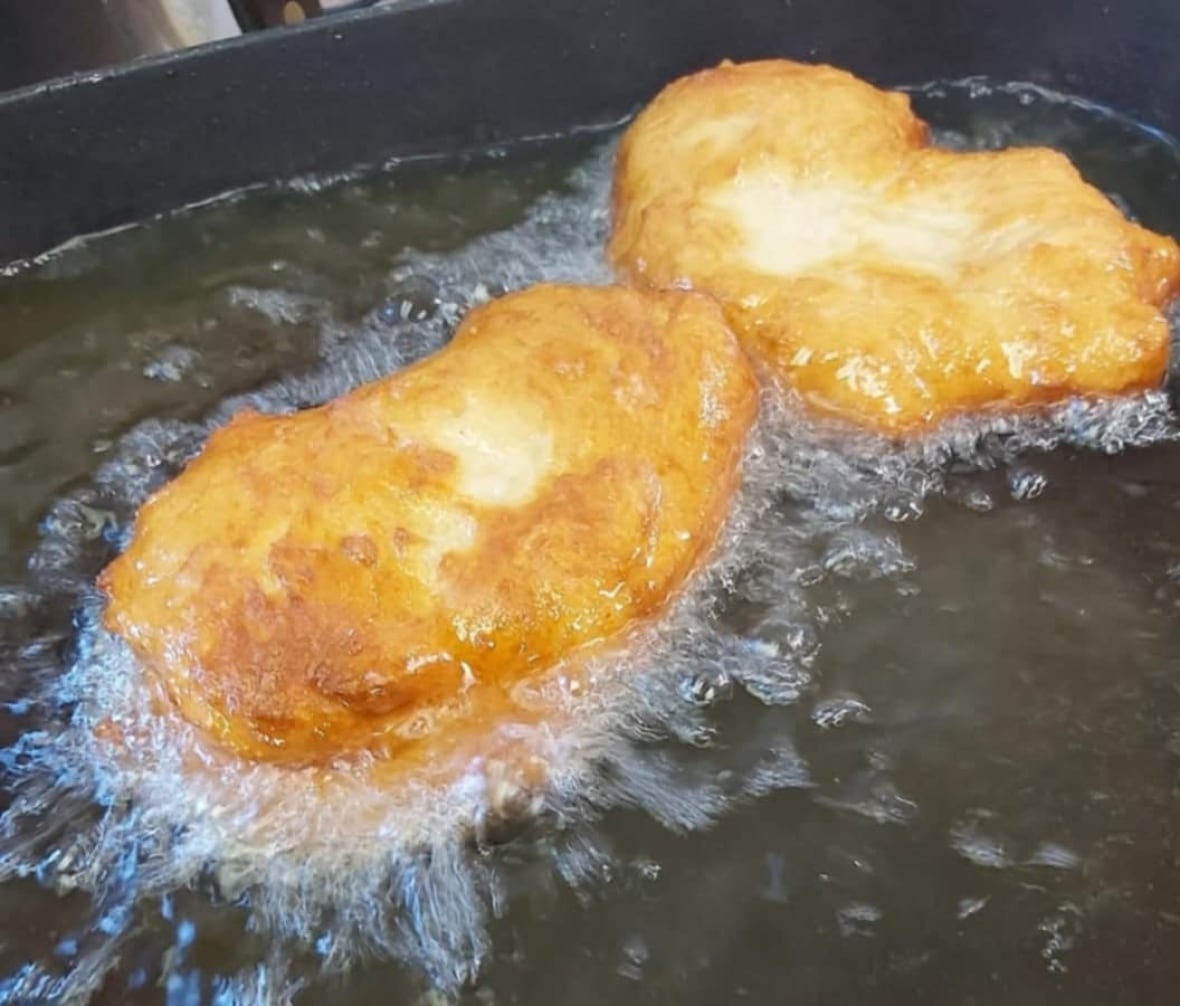Grab some jam and celebrate National Bannock Day
Union committee sets day aside on the calendar for the staple of Indigenous cuisine

The United Food and Commercial Workers union has declared July 31 National Bannock Day as a way to celebrate Indigenous Peoples and the food that brings so many together.
The union's Indigenous committee started an Indigenous calendar that, according to the UFCW website, "highlights significant dates that are meaningful to Indigenous communities across Canada, including cultural ceremonies, seasonal events, and moments of historical importance."
"[It's] a wonderful way for us to authenticate and build on the concept that Indigenous cultures should be celebrated in so many different ways," said Emmanuelle Lopez-Bastos, the human rights, equity and diversity co-ordinator for UFCW Canada.
From that calendar, July 31 was designated as National Bannock Day, thanks to an idea from a grocery store worker in Alberta.

Bannock is a staple in First Nations, Inuit and Métis communities. Some versions of the recipe came from Scotland, others from France, according to Dean Herkert, chef and owner of Bistro on Notre Dame in Winnipeg.
Herkert, a member of the Red River Métis, says bannock was a survivor through the economics of the past, and it continues to evolve today.
"Over the years it changed and a lot of bannock recipes have vegetable oil in it," Herkert said.
"Vegetable oil is a much cheaper alternative to lard and it's much more accessible in the end."
When someone uses vegetable oil instead of lard, that's not as controversial as the addition of fruit.
Herkert said adding fruit comes from the French version of the recipe and is closer related to the "galette" than actual bannock, even though both recipes were made popular when the French settlers landed in what is now Canada.
Alexander Thomas, from Peguis First Nation, has made bannock his whole life. It began with his grandmother, his aunties and his mom making it around him.
"I was always like, can you teach me how to make it?" he said.
"They just said 'watch, 'cause I just go by feel of how much, how much of this? How much of that?'"
Nowadays, Thomas still goes by feel in the bannock he'll make with his children or grandchildren. The recipe?
"I'll do flour, baking powder. Sometimes I might add a little bit of sugar, but that depends on who's eating, 'Cause some people ain't into having so much sugar," he said.
"But I'll always put a pinch of salt in. And then room temperature water until I get to the right texture."

Then he bakes it at 350 degrees for 40 to 55 minutes, depending how big it is.
As far as frying bannock, Thomas's instructions are simple: don't add any lard to the flour mixture, but fry the finished product in grease, instead of baking it.

